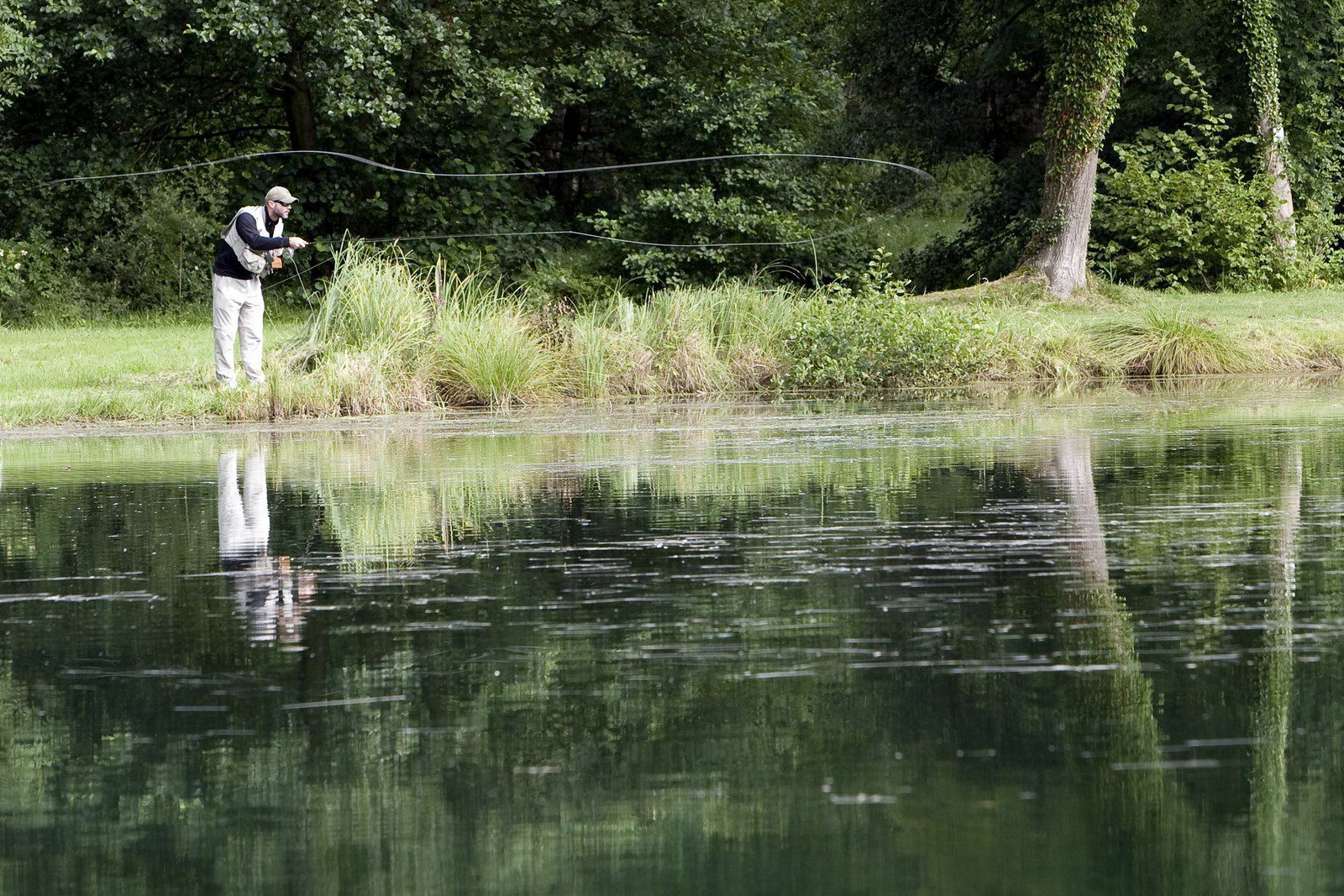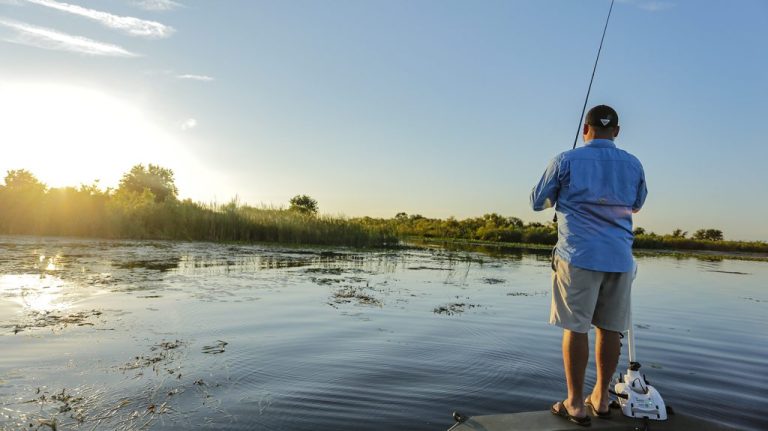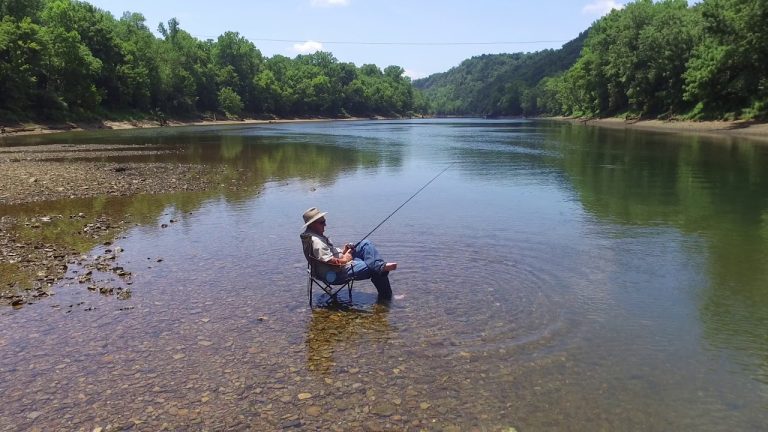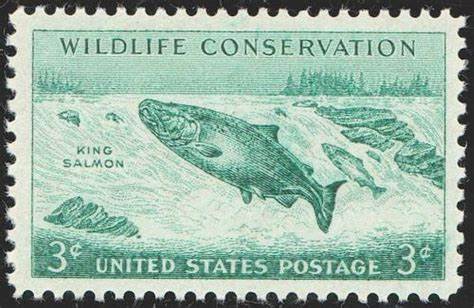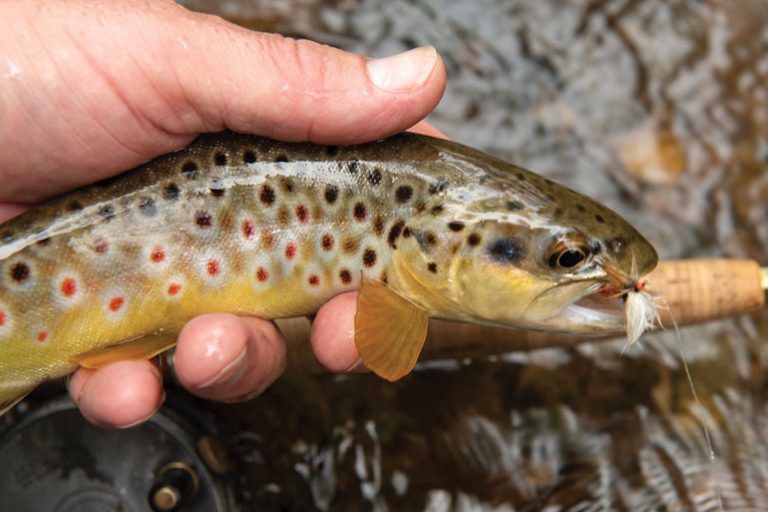Alabama’s rich aquatic resources, from its pristine mountain streams to the productive waters of Mobile Bay, are not only a source of pride for the state but also a vital economic driver. The key to maintaining and enhancing these resources lies in the revenue generated from the sale of Alabama fishing licenses. This article delves into the critical role that fishing license fees play in supporting conservation efforts across the state.
The Importance of Fishing License Revenue
The Alabama Department of Conservation and Natural Resources (ADCNR) relies heavily on the funds generated from fishing license sales to carry out its mission of protecting and enhancing the state’s aquatic resources. In fact, 100% of the revenue from license fees goes directly towards the management, protection, and education related to Alabama’s natural resources.
Fishing license fees provide a significant portion of the funding for the ADCNR’s Division of Wildlife and Freshwater Fisheries (WFF), which is responsible for managing the state’s fisheries resources. These funds are also matched by federal grants through programs like the Sport Fish Restoration Act (Dingell-Johnson Act), effectively multiplying the impact of each dollar spent on a fishing license.
Types of Alabama Fishing Licenses and Costs
Alabama offers a variety of fishing licenses to cater to the needs of both resident and non-resident anglers. The table below outlines the main types of licenses and their costs for the 2025 season:
| License Type | Resident Cost | Non-Resident Cost |
|---|---|---|
| Annual Freshwater Fishing | $14.05 | $54.20 |
| 7-Day Trip Freshwater Fishing | N/A | $30.40 |
| Annual Saltwater Fishing | $24.35 | $52.50 |
| 7-Day Trip Saltwater Fishing | $10.15 | $28.85 |
| Disabled Freshwater/Saltwater Fishing (totally disabled) | $3.40 | N/A |
| Veteran’s Appreciation Freshwater (20% disabled or more) | $3.50 | N/A |
It’s important to note that residents aged 65 and above, as well as those under the age of 16, are exempt from needing a fishing license. Additionally, active military personnel stationed in Alabama, along with their spouses and dependents, can enjoy the same privileges as residents when purchasing fishing licenses.
How Fishing License Revenue Supports Conservation
Funding Habitat Restoration and Management
A significant portion of the revenue generated from fishing licenses is channeled into habitat restoration and management projects. These initiatives aim to enhance fish populations and ensure the long-term health of aquatic ecosystems. Some examples of these projects include:
- Restocking native fish species in rivers and lakes
- Improving water quality through watershed management
- Enhancing fish habitat structures in reservoirs
In the 2025 fiscal year alone, the ADCNR conducted 74 biological field trips to assess mussel and snail populations in Alabama’s streams, providing valuable data for conservation efforts.
Supporting Research and Monitoring
Effective fisheries management relies on robust scientific data. Fishing license revenue funds critical research and monitoring programs that help biologists make informed decisions about fishing regulations, such as setting season dates and bag limits. These studies involve:
- Conducting annual surveys of fish populations and habitat conditions
- Assessing the impact of invasive species and water quality issues
- Monitoring the movements and spawning patterns of species like Gulf sturgeon
In a groundbreaking study funded by fishing license revenue, ADCNR biologists discovered the first confirmed case of fall spawning in Gulf sturgeon, shedding new light on the species’ life history.
Enhancing Public Access and Infrastructure
Fishing license fees also contribute to the construction and maintenance of public fishing access points, such as boat ramps and fishing piers. These investments ensure that anglers have safe and convenient access to Alabama’s waterways. The ADCNR’s Ramps & Pier Program utilizes these funds to repair existing access points and develop new ones, enhancing the overall fishing experience for the public.
Educating Future Generations of Anglers
Engaging and educating the next generation of anglers is crucial for the long-term sustainability of Alabama’s fisheries. Fishing license revenue supports various educational and outreach programs designed to introduce youth to the joys of fishing while instilling a sense of responsibility for the state’s aquatic resources. These programs include:
- Fishing clinics and workshops for beginners
- Youth fishing events and tournaments
- Distribution of educational materials on conservation and responsible fishing practices
In the 2025 fiscal year, the ADCNR conducted 11 fishing events for over 660 participants, along with 16 casting classes that reached 1,023 individuals. By fostering a love for fishing and a respect for the environment, these programs help ensure the future of Alabama’s fishing heritage.
Protecting Endangered Species
Alabama is home to a diverse array of aquatic species, some of which are threatened or endangered. Fishing license revenue plays a vital role in supporting conservation efforts aimed at protecting these vulnerable populations. Funds have been used to support the recovery of species like the Alabama sturgeon, Alabama cavefish, and Alabama pearlshell mussel through:
- Habitat restoration and protection
- Population monitoring and assessment
- Captive breeding and reintroduction programs
In the 2025 fiscal year, the ADCNR conducted studies on the recruitment, abundance, and habitat of juvenile Gulf sturgeon in the Choctawhatchee and Pea Rivers, as well as surveys of the endangered warrior pigtoe mussel in the Black Warrior River system.
The Economic Impact of Fishing in Alabama
Beyond its ecological importance, recreational fishing is a significant economic driver in Alabama. According to a 2011 survey by the U.S. Fish and Wildlife Service, sport fishing generated an annual economic impact of $456.4 million in the state, supporting local businesses and contributing to the overall economy.
Fishing license revenue helps maintain the quality of Alabama’s fisheries, which in turn attracts anglers from across the country. These visitors spend money on lodging, food, fuel, and fishing gear, generating income for local communities and supporting jobs in the tourism and hospitality industries.
How to Purchase an Alabama Fishing License
Obtaining an Alabama fishing license is a simple process, with several options available to anglers:
- Online: Visit the ADCNR’s official website to purchase a license using a credit or debit card.
- In-person: Licenses can be purchased at various locations, including:
- County probate offices
- License commissioner offices
- Authorized sporting goods stores and bait shops
- By phone: Call 1-888-848-6887 to purchase a license using a credit or debit card.
When purchasing a license, anglers will need to provide personal information, such as their name, address, and date of birth. Residents may also be required to show proof of residency, such as a driver’s license or state-issued ID.
Conclusion
Alabama’s fishing license revenue is the lifeblood of the state’s conservation efforts. By purchasing a fishing license, anglers directly contribute to the protection and enhancement of Alabama’s aquatic resources, ensuring that future generations can enjoy the same incredible fishing opportunities. From funding habitat restoration and research to supporting educational programs and public access, fishing license fees play a vital role in maintaining the health and vitality of Alabama’s fisheries.
As responsible stewards of the environment, it is essential that we recognize the importance of this revenue and continue to support the ADCNR’s efforts through the purchase of fishing licenses. By doing so, we not only invest in the future of our aquatic resources but also in the economic well-being of our local communities.
So the next time you gear up for a day on the water, remember that your fishing license is more than just a permit – it’s a powerful tool for conservation and a testament to your commitment to preserving Alabama’s fishing heritage for generations to come.



